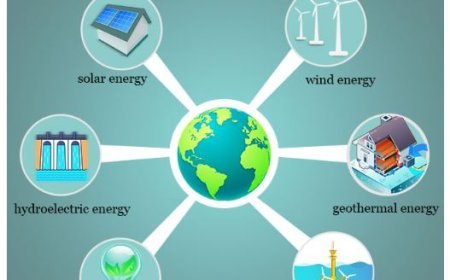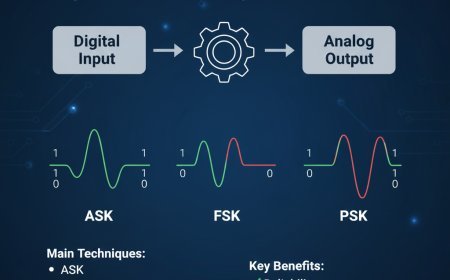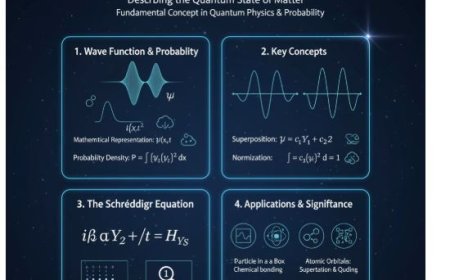Understanding Identical Particles in Physics
Identical particles are fundamental to quantum mechanics, representing particles that cannot be distinguished from each other. Their behavior defines the difference between bosons and fermions, two major classes of particles. Bosons, such as photons and helium-4 atoms, follow Bose–Einstein statistics, allowing them to share quantum states and leading to phenomena like superfluidity and Bose–Einstein condensation. Fermions, including electrons and protons, follow Fermi–Dirac statistics and obey the Pauli exclusion principle, which prevents them from occupying the same quantum state. This principle explains atomic structure, chemical behavior, and matter stability. The concept of identical particles also underpins advanced areas like quantum computing and superconductivity.

Understanding Identical Particles in Physics
- Particles are the fundamental building blocks of matter, and understanding their behavior is crucial for comprehending the universe. Some of these particles are classified as identical particles.
Definition of Identical Particles
- In the context of quantum mechanics, identical particles are particles that cannot be distinguished from one another.
- Since they are indistinguishable, swapping two identical particles does not alter the state of the system; its overall structure remains unchanged.
Importance
- The concept of identical particles is fundamental to quantum physics, significantly influencing the behavior of many-particle systems and leading to profound effects in nature.
Types of Identical Particles
Identical particles are categorized into two main groups based on their intrinsic properties:
1. Bosons
- Characteristics: Bosons follow Bose-Einstein statistics, meaning they can occupy the same quantum state simultaneously.
- Examples: Photons (light particles), gluons (force carriers in nuclear interactions), and helium-4 atoms (when cooled near absolute zero).
- Behavior: Because bosons can share the same state, they can group together, leading to phenomena such as superfluidity and Bose-Einstein condensation.
2. Fermions
- Characteristics: Fermions obey the Pauli exclusion principle, which states that no two fermions can occupy the same quantum state at the same time. They follow Fermi-Dirac statistics.
- Examples: Electrons, protons, and neutrons.
- Behavior: The exclusion principle gives matter its structure, governs the organization of the periodic table, and ensures atomic stability.
Implications in Physics
Quantum Statistics
Because identical particles are indistinguishable, their behavior is described by distinct statistical mechanics:
- Bose-Einstein Statistics: Apply to bosons, allowing multiple particles to occupy the same quantum state simultaneously.
- Fermi-Dirac Statistics: Apply to fermions, preventing more than one particle from occupying the same state at a given time.
Quantum States
For systems containing identical particles, the total wave function must exhibit either symmetry or antisymmetry:
- Symmetric Wave Function: Bosons have a symmetric wave function, meaning swapping two bosons does not change the wave function.
- Antisymmetric Wave Function: Fermions have an antisymmetric wave function, meaning swapping two fermions inverts the sign of the wave function.
Pauli Exclusion Principle
This principle is crucial for understanding atomic structure:
- In an atom, electrons (fermions) occupy discrete energy levels, and two electrons can only share a level if they have opposite spins.
- This principle determines electron configurations, influences chemical properties, and explains why elements behave the way they do.
Experimental Consequences
Research on identical particles has led to remarkable discoveries:
- Superfluidity: Observed in superfluid helium, where helium-4 (a boson) behaves collectively, allowing the fluid to flow without viscosity.
- Quantum Computing: Uses qubits, which can exist in superpositions of states, harnessing the properties of identical particles to perform computations much faster than classical computers.
What's Your Reaction?



































